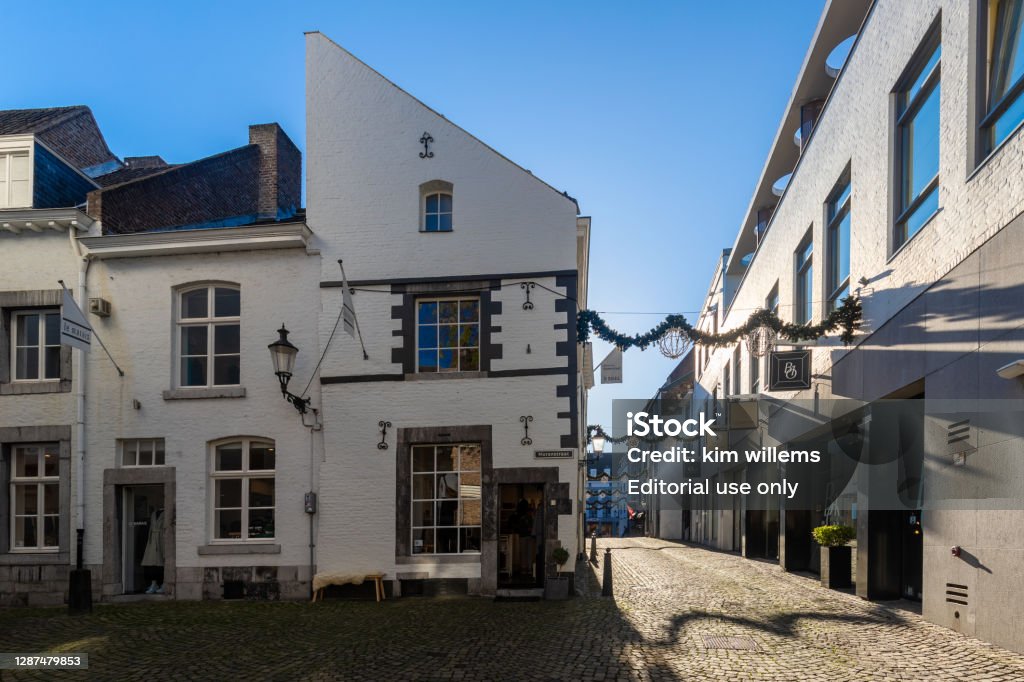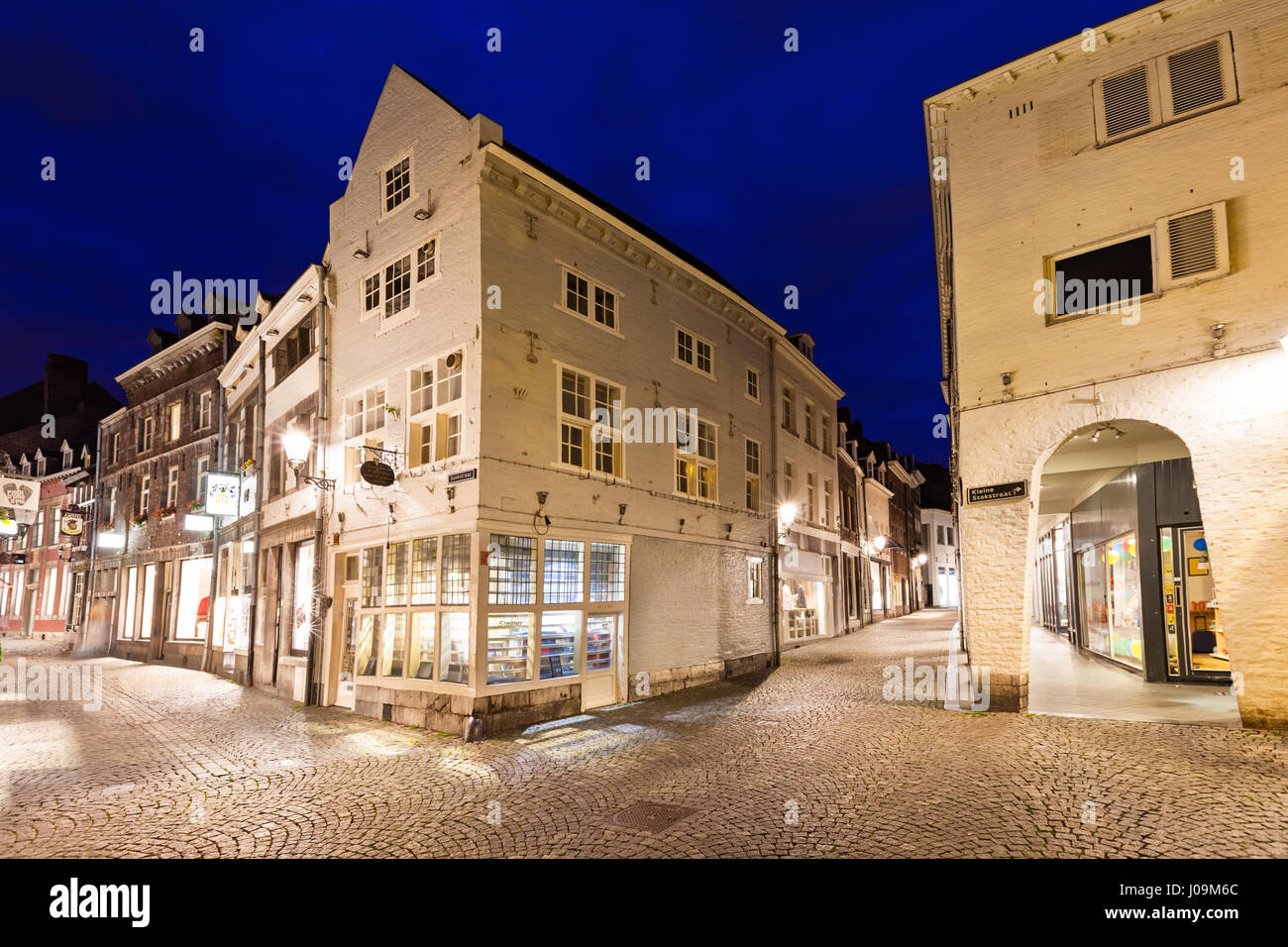The Secret Passage of the Spanish Fury
In 1576, the narrow alleys of Maastricht played a crucial role during the Spanish Fury. As Spanish troops rampaged through the city, local residents used these hidden paths to escape the violence. The alleys, some barely wide enough for a single person, provided a clandestine network that allowed citizens to move undetected. This network of alleys, such as the Jodenstraat and the Stokstraat, became lifelines for those seeking refuge from the chaos.
The Underground Resistance of World War II

During World War II, Maastricht's alleys were more than just escape routes; they were hubs of resistance activity. The city's strategic location near the Belgian and German borders made it a focal point for resistance efforts. Members of the Dutch resistance used the alleys to transport messages and supplies. The intricate layout of these paths, including the famous Helpoort, allowed resistance fighters to evade German patrols and coordinate their efforts effectively.

The Treaty of Maastricht and Its Quiet Corners

In 1991, the Treaty of Maastricht was signed, laying the foundation for the European Union. While the main events took place in the grand halls of the city, the alleys witnessed quieter, yet significant, discussions. Diplomats and officials often retreated to these secluded spots to hold informal talks away from the public eye. The alleyways, such as those near the Onze Lieve Vrouweplein, provided a discreet backdrop for these pivotal conversations.
The Cultural Renaissance of the 19th Century
In the 19th century, Maastricht experienced a cultural renaissance, with its alleys serving as the backdrop for artistic and intellectual gatherings. Artists and writers, drawn to the city's unique charm, often met in these narrow streets to exchange ideas. The alleyways, particularly those around the Vrijthof, became informal salons where the seeds of cultural movements were sown. This period saw the rise of local artists who would later gain national recognition, all starting from these humble beginnings.










